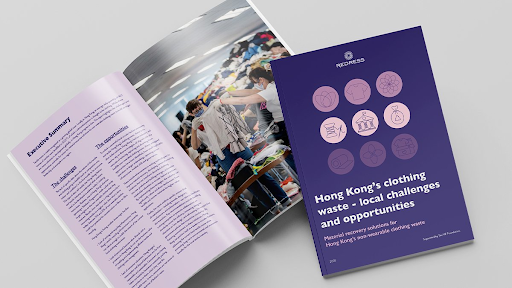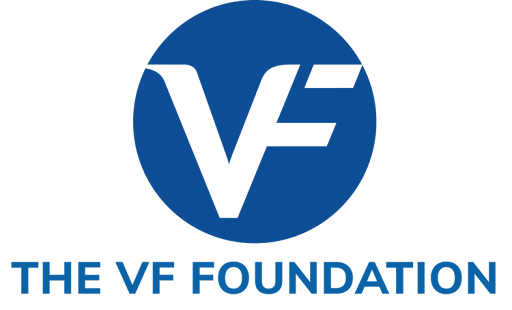Redress is pleased to announce the launch of our mission-critical report ‘Hong Kong’s Clothing Waste: Local Challenges and Opportunities’, supported by The VF Foundation, uncovering the scale of the city’s textile waste crisis while proposing innovative solutions to transform non-wearable clothing from landfill to valuable resources.
The report identifies three core pillars that affect the fashion waste crisis in Hong Kong including insufficient recycling infrastructure, low business incentives for brands, and gaps in consumer education. Solutions range from automated sorting technologies, to remanufacturing projects, as demonstrated through Redress’ Designer Residency programme. By fostering commitment to these initiatives, Hong Kong can position itself as a leader in circular fashion, addressing the current local textile waste while promoting long-term environmental and economic benefits for the local textile industry.
We invite you to download the full report (available in English, Traditional & Simplified Chinese) to discover how we can all work towards a circular future for fashion.
Supported by
We’re actively seeking sponsors and funders to help us scale impact.
If you’re interested in collaboration and want to make a real difference, please get in touch.


